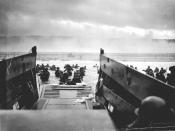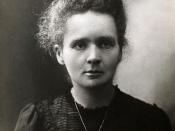There are four stages of death that Philippe Aries discusses in Western Attitudes Towards Death. These stages include many different aspects such as time periods, reactions towards death, rituals, and cultural components. The stages range from the years 300 to the1930's. The four models used by Aries are "Tamed Death", "One's Own Death", "Thy Death", and "Forbidden Death." Each stage differentiates itself from the previous, with contradicting ideas and societal claims. Literary works The Cholera Years, The Mysterious Death of Mary Rogers by Srebnick, essays from Mortal Remains, The Optimist's Daughter by Eudora Welty's, The Loved One by Evelyn Waugh and television programs from the twentieth century can all be correctly fit into the model of Western culture.
Philippe Aries book Western Attitudes Towards Death gives a break down of how people live during specific time periods and how they view death. It explains the parallels between life and death in society.
The attitudes of society affect one's views on death. The prospective of death radically changes as time evolves. Aries describes the period of 300 AD to c. 1200 AD as "Tamed Death." Death is forewarned by natural signs or "inner conviction rather than through a supernatural, magical premonition." (Aries, 4). This particular stage concerns itself with the natural awareness of death. Death is openly anticipated and prepared for during this time span. Death is considered a natural part of life. When someone knows they are going to die, it is very accepted and open. The dying person realizes that they are about to die and prepares for death in ritualistic manners. The preparation is simple as the dying one lies down on his back waiting for death to occur. Friends and family come to gather by the deathbed. There are four steps performed to initiate the arrival...


